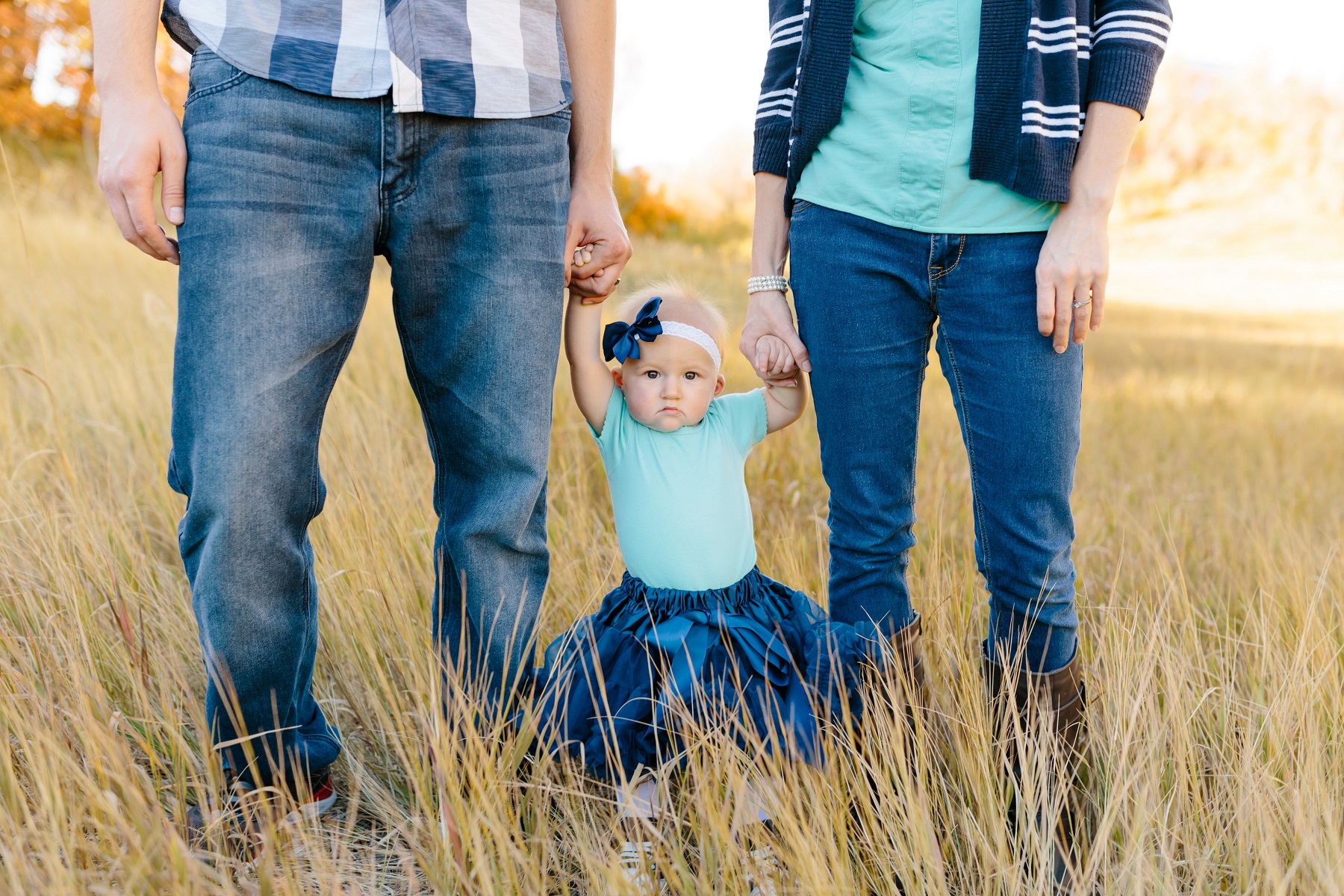Three Useful Tips to Teach Your Toddler to Share
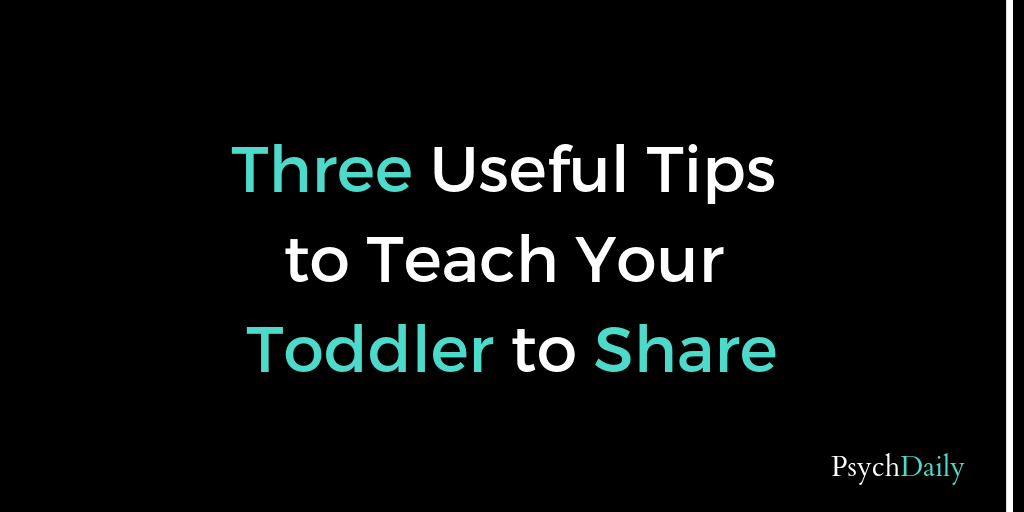
It was a typical Thursday morning. I was putting my two-year-old’s shoes on and ushering her out the door to attend Storytime at our local library.
We arrived and listened to stories about St. Patrick’s Day, then began playing with blocks and coloring pictures.
My daughter, Cece, dropped her magnetic blocks and walked over to the wooden ones. Just as she was about to pick up a yellow piece, a boy near the block yelled, “No! Mine!”
“Oh no,” I thought, “here it comes.” I watched Cece carefully. What would my two-year-old do? Snatch it away before he could get it? Push him away to get to his blocks? Perhaps just find something else to play with?
I was surprised to see her pause, then reach into the bin full of blocks, and hand one to the boy. He took it with a confused look on his face and handed one to her. They proceeded to share the blocks together.
This was one of my proudest moments as a parent. I’m embarrassed to say, watching that unexpected reaction got me teary-eyed as if my goals in parenting we’re finally starting to pay off.
Now don’t get me wrong, this is not always her behavior, and I am not always the perfect parent. However, there are three things I try to do to teach my toddler to share:
1. Use emotion coaching techniques
When Cece is upset, frustrated, hurt, or afraid, I try to help her recognize and label her emotions. This means replacing phrases such as, “stop crying” and “don’t be dramatic” with something like, “You seem upset. Toys are so fun, and it can be hard to share sometimes.” This acknowledges her feelings rather than dismisses them. When I model an understanding attitude, she is more likely to validate the emotions of others.
2. Foster empathy
Once she begins to recognize her own emotions, it becomes easier to do so in others. I try to describe my own feelings when she may hit or take things from me. I ask her to describe what she thinks others are feeling and why they might feel that way.
3. Discipline with purpose, not punishment
If Cece is having a hard time sharing, I try to give her the tools to do better next time. If she yanks a toy from a child’s hand, rather than berating her or sending her to time out, I follow the recipe found in the book How to Talk so Kids Will Listen and Listen So Kids Will Talk. Acknowledge feelings, state the problem, and involve my little one in the solution. It may sound something like this, “It’s fun to play with blocks. The problem is, Alex was playing with these, and when you took them, he looked sad. What can we do?” This allows her to think through the situation, while feeling a sense of control. On a good day, this leads to Cece deciding for herself to share. On a less-than-good day, it leads to me redirecting her to another activity until she can show how to handle herself around other children.
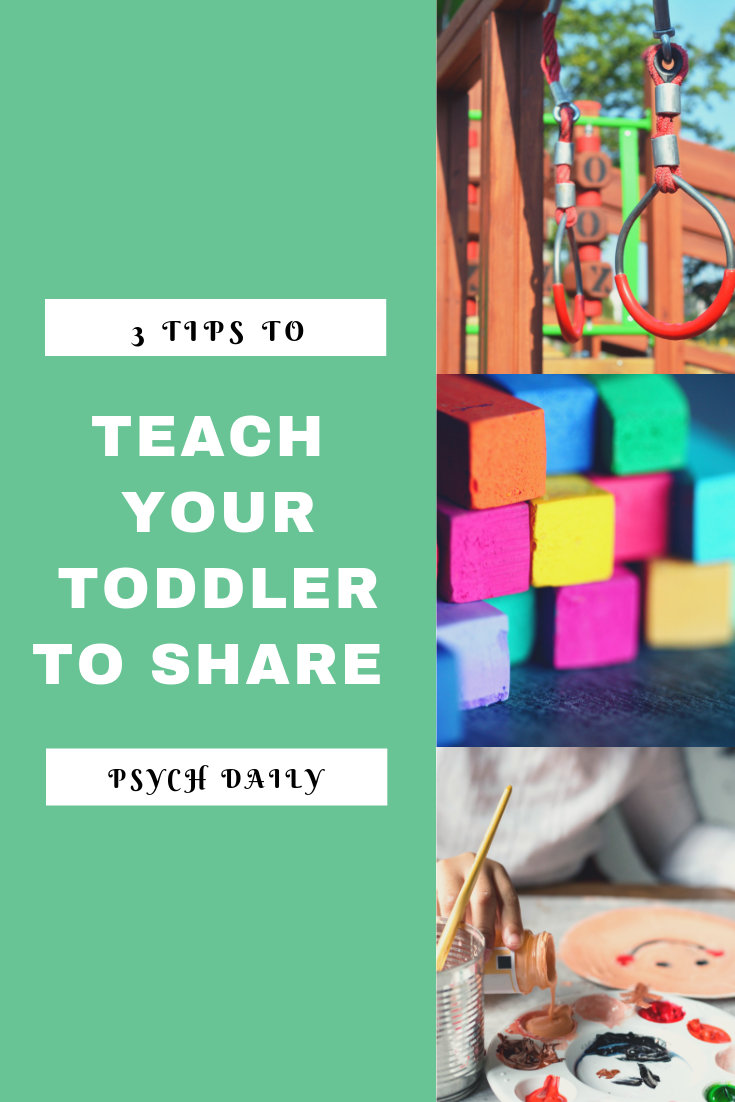

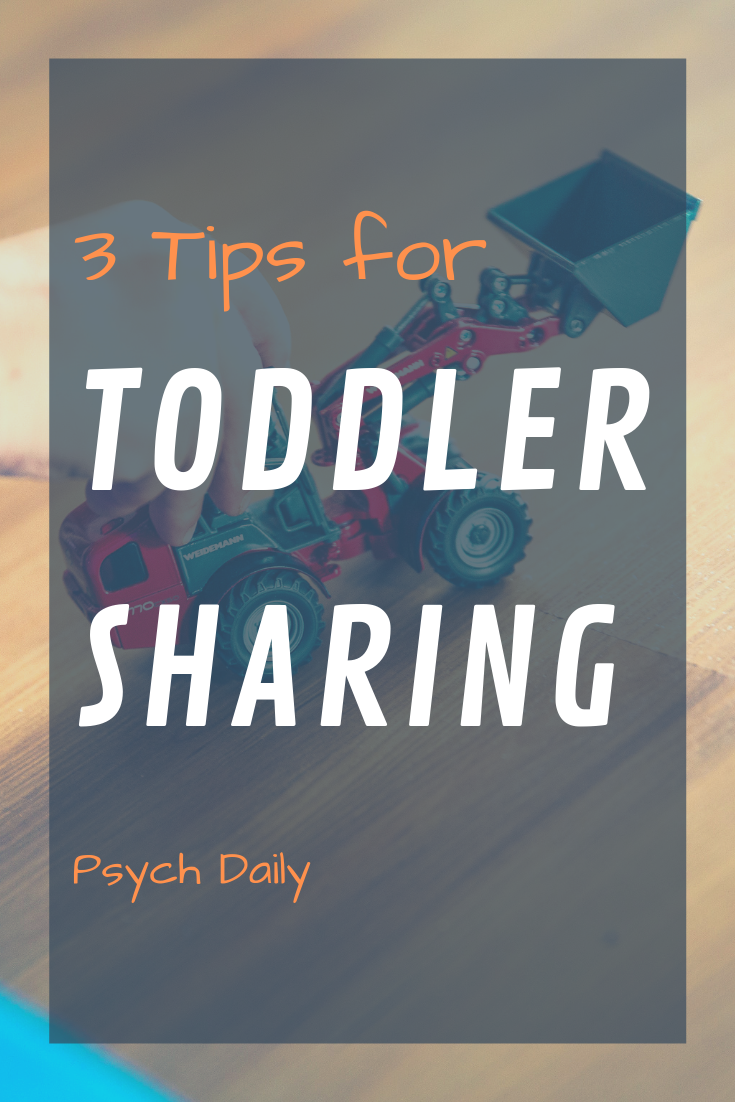
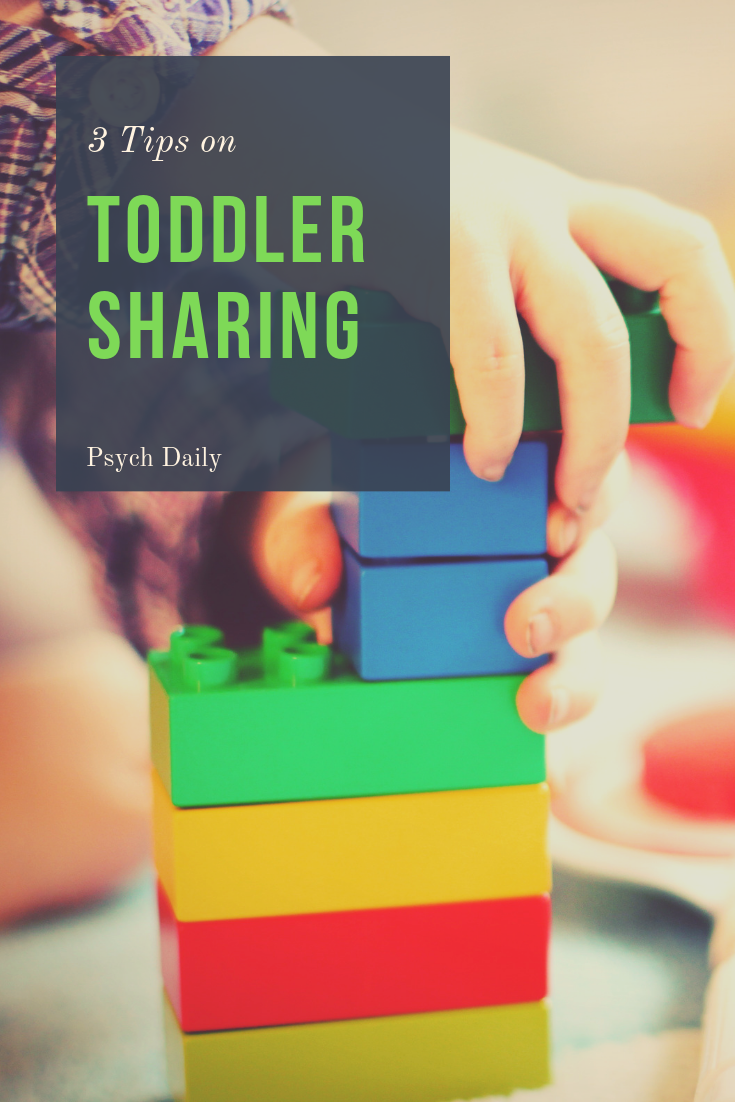
These techniques to teach toddlers to share are not always easy in practice, but they are a part of the overall pattern I try to create. It’s days like the one at library Storytime that remind me to keep trying as a parent and inspire me to try to respond to seemingly curt behavior with kindness just as my daughter did.

